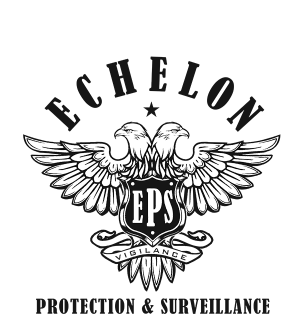 In today’s dynamic world, where threats can manifest in both physical and digital spaces, creating a safe environment for children in residential facilities is a challenge that demands our constant attention and innovative thinking. Safety and security are crucial elements in child residential facilities, shaping a child’s experiences, well-being, and developmental outcomes.
In today’s dynamic world, where threats can manifest in both physical and digital spaces, creating a safe environment for children in residential facilities is a challenge that demands our constant attention and innovative thinking. Safety and security are crucial elements in child residential facilities, shaping a child’s experiences, well-being, and developmental outcomes.
This blog post delves into understanding what child residential facilities are, the necessity of security, the elements of a secure environment, and the critical roles that staff, parents, and the community play in maintaining security.
Understanding Child Residential Facilities
Child residential facilities serve as temporary or long-term homes for children who, due to various circumstances, cannot live within their family environment. These facilities not only provide care and support but also play a significant role in a child’s emotional, cognitive, and social development. The children living in these facilities may come from challenging backgrounds and carry with them unique vulnerabilities. This elevates the importance of providing a safe and nurturing environment where they can grow, learn, and flourish.
The Necessity of Security in Child Residential Facilities
Ensuring safety and security is integral to the functioning of these facilities. Robust security measures can protect children from potential risks and threats, both from within the facility and external sources. Furthermore, several studies have found a direct correlation between a child’s sense of safety and their mental health. Children who feel secure have higher self-esteem, display better social skills, and are more likely to engage positively in their environment.
Elements of a Secure Environment
Creating a secure environment in child residential facilities entails several interlocking components.
Physical security measures, such as secure building design, controlled access points, and surveillance systems, serve as the first line of defense against external threats.
Technological security measures play a crucial role in enhancing these physical measures. This includes state-of-the-art alarm systems, stringent cybersecurity measures to protect personal data, and the use of technology for rapid communication in emergency situations.
Moreover, personnel are the backbone of a secure environment. Staff must go through rigorous vetting processes and training programs to ensure they are equipped to uphold the facility’s security and handle any potential threats. Continuous education about evolving security threats and response techniques is also essential.
Lastly, effective policies and procedures form the foundation of a secure environment. These include comprehensive emergency response plans, strict visitor management protocols, and regular security audits to identify potential weaknesses and areas for improvement.
The Role of Staff, Parents, and the Community in Upholding Security
Maintaining a secure environment is not solely the responsibility of the facility. Staff members, security guards, parents, and the wider community all play vital roles in this endeavor.
Staff members, from administrators to caregivers, as well as security guards, can actively contribute to a secure environment by adhering to safety protocols and fostering an atmosphere of trust and respect with the children.
Parents and guardians also have a role to play. They can support security measures by understanding the facility’s policies, providing relevant information to the facility, and maintaining open communication lines with staff.
The wider community, too, can support the safety of child residential facilities. Collaboration with local law enforcement and community awareness initiatives can enhance the facility’s security measures and ensure the children’s safety is a shared responsibility.
The Path Forward: Innovations and Improvements in Security
The field of security is evolving rapidly, with recent advancements in technology paving the way for innovative security solutions. Predictive analytics, AI-based surveillance systems, and biometric access controls are just a few examples of how the future of security in child residential facilities could look.
It’s essential for facilities to stay ahead of new threats and adapt to changes in technology and policy, ensuring they provide the safest possible environment for the children in their care. For more information on how your child residential facility can make use of the latest advancements in security, please contact a member of the EPS team today.


